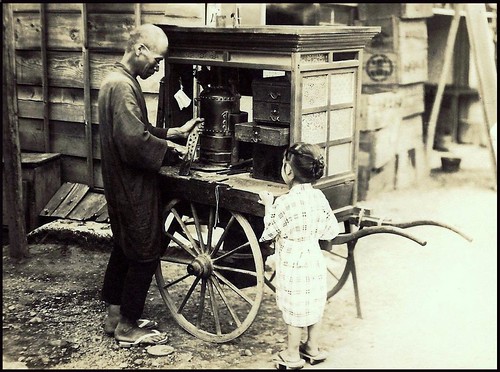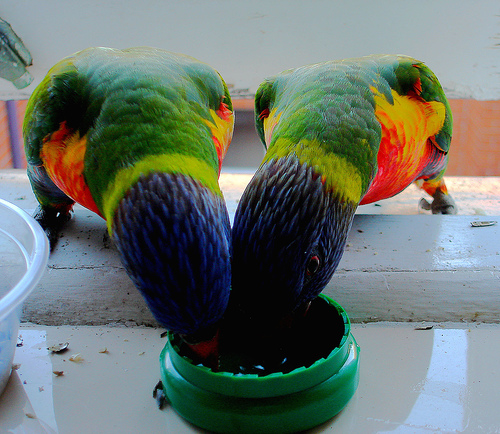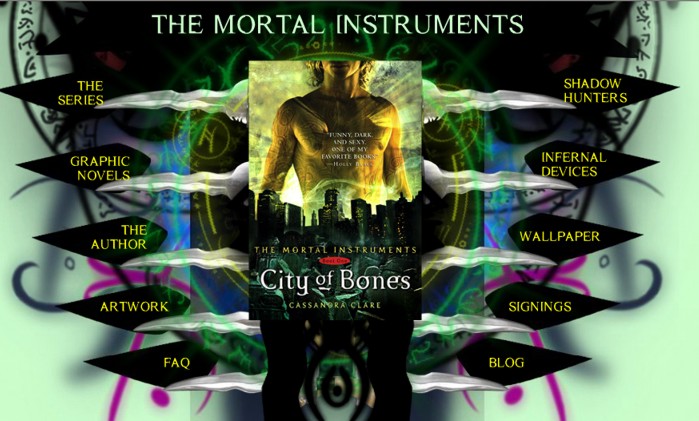First of all, how important is it for a blog post to be effective?
That may seem like a stupid question but I think that it’s reasonable considering many bloggers would say they’re not out to score points. At the same time, whether we like it or not, we write for an audience (even if we also write for ourselves). Who doesn’t like feedback and discussion? The question is, how to attract readers and consequently a network, however small, so that we can share our thoughts and have them challenged and extended by others.
One of the ways to do this is to think about how to write an effective post.
Hmmm….
 from my Flickr photostream
from my Flickr photostream
1. Even adults like looking at pictures
Although this has nothing to do with the writing, but a picture always enhances the blog post. After my initial rave, you may have been relieved to receive the visual distraction, and obviously the picture should be relevant to the post. You can be clever with the picture and use it either to illustrate the message using humour, metaphor, surprise, cryptic association or accompanied by a quotation. Either way, it breaks up the mass of text. I like to use more than one picture if I have enough time to find what I need.
2. The heading should not be too boring and preferably interesting
I’m not saying you have to knock people out with the heading but at least have a hook. When I read Joyce Valenza’s award winning post, Things I think teacher librarians should unlearn (20 and counting), I immediately zoomed in on ‘unlearn’. Not sure why, maybe because I get sick of reading about what we should learn, and unlearning seems a little subversive. I was very curious about what Joyce would consider unlearning.
3. Experience
A heading can be catchy but the content of the post is even more important. Going on to read Joyce’s list of what teacher librarians should unlearn, it was clear that Joyce’s experience enabled her to punch out so many excellent points. An blog post is effective when the author writes from experience. Even though we might feel we are not saying anything new, there is always someone who will appreciate our perspective, for whom our experiences and observations are new and interesting.
4. Generosity
People jump at a post which shares generously, such as Joyce Seitzinger’s Moodle tool guide for teachers post. In this case, Joyce adapted a social media cheat sheet with a business/marketing focus to one relevant to education. When you do the hard work and share a resource you’ve created in your post, it’s a winner.
5. Honesty
Jeremy Harmer’s post, Why I walked out – but would you?, was shortlisted in the Edublogs influential blog post category. It’s a good example of an anecdotal post which I always enjoy reading and also writing. Jeremy writes honestly about walking out of Marc Prensky’s conference session – that in itself attracts the reader’s attention. I think the post works because it’s so reflective, and invites the reader to respond to a series of questions.
Which brings me to my last point:
6. Conversation
An effective blog post invites readers to join the conversation. This is something I strive to do because there’s nothing more satisfying than engaging people in dialogue, and perhaps influencing them to come back to the blog regularly.

from my photostream
I hope that my post has given you enough to savour, something to chew on.








